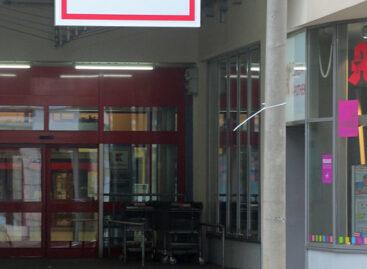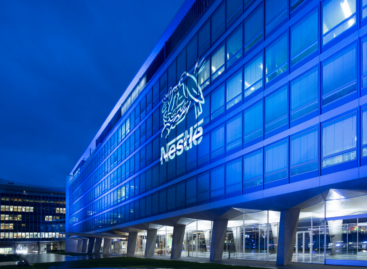Rapidly growing young in the Nestlé nest
A health-conscious diet – an idea present from the very first days of Nestlé – has not been the only factor behind the development of the Hungarian subsidiary. The great degree of freedom enjoyed by local management has also made a major contribution to success. The rate of infant mortality was still very high in the 1860’s. This was partly due to the lack of good substitutes for mothers’ milk, which Henri Nestlé remedied by becoming the first to develop a nutriment for babies, “Lactous Farina Nestlé”. Its logo, a nest with a bird feeding its young has proved to be an excellent choice. Nestlé is committed to making products with reduced salt, sugar and saturated fatty acid content and a higher vitamin and mineral content. Their Eating Compass, found on the packaging of over half of all Nestlé products is also intended to help consumers maintain a balanced diet. From 2007 onwards, RDA values will also be printed on the packaging of Nestlé products. They also have health and wellness projects like Nestlé Életmód Központ and Nestlé Nutrikid. By the 1920’s, Nestlé had begun a series of acquisitions, first widening its product range with condensed milk, milk chocolate and Maggi soups. The small family business has gradually turned into a multinational corporation. Today, the brands Perrier or Friskies also belong to Nestlé, like Alcon and they also hold a share in L’Oreal. Packaging of Maggi products begun in Debreceni Konzervgyár in 1974, while the first Nescafé filled in Hungary appeared on the shelves in 1978. Nestlé Hungária Kft. a subsidiary of Nestlé S.A. was established in 1991 based on a good knowledge of the market and an already worked out strategy. Nestlé has also been good at spotting local opportunities, like Jupiter Állateledel-gyártó Kft. with rights to use the brand name “Darling”. This plant has become the regional centre of animal feed production. The mineral water bottling plant in Kékkút, where Theodora is bottled belongs to “Nestlé Waters”. Nestlé Hungária Kft. achieved consolidates net revenues of HUF 86 billion in 2006, which is 5 per cent more than in 2005. Working out and implementing the business plan is the sole responsibility of the Hungarian management, which enjoys a great degree of independence. Most innovations are local. Marketing managers join in product development with their ideas, which – if successful – are adopted in other markets as well. Communication is also handled locally, with everything from advertising spots to displays all made in Hungary.
Related news
Related news
Penny tests hybrid cash registers in Germany
🎧 Hallgasd a cikket: Lejátszás Szünet Folytatás Leállítás Nyelv: Auto…
Read more >Kaufland Rolls Out ‘XS’ Format In Czechia
🎧 Hallgasd a cikket: Lejátszás Szünet Folytatás Leállítás Nyelv: Auto…
Read more >Nestlé sells its remaining stake in Herta
🎧 Hallgasd a cikket: Lejátszás Szünet Folytatás Leállítás Nyelv: Auto…
Read more >




